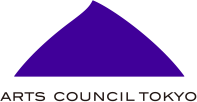Series: Arts on the Globe: Challenges and Prospects under the COVID-19 pandemic
In this series we report on how arts and culture have faced up to the challenges of coronavirus in Europe, North America and neighboring countries.
2021/09/17
CASE03
Taiwan: The State of museums in Taiwan amid the COVID-19 pandemic
Director, Jut Art Museum
Huang Shan Shan
Series: Arts on the Globe
In this series we report on how arts and culture have faced up to the challenges of coronavirus in Europe, North America and neighboring countries
Everyday life in Taiwan in 2020, the exact opposite of the rest of the world
At the end of 2019, a strange spate of infections from an as-yet unidentified virus came to light in Wuhan, China. Having had a painful experience with SARS (severe acute respiratory syndrome), the Taiwanese government promptly stepped up its vigilance, held a press conference about the infection on December 31, and began quarantining travelers from Wuhan on the same day. In February 2020, Taiwan banned travel from the provinces of Hubei and Guangdong and the city of Wenzhou, and from February 11 additionally banned travel altogether from the whole of China and Hong Kong. In this way, thanks to the head start gained by prohibiting inbound travel from China, the COVID-19 situation in Taiwan was relatively contained.
Even so, from March the number of infected people in Taiwan increased, and tension mounted. In March 2020, there was a particular case where an Australian musician who had appeared with Taiwan’s National Symphony Orchestra at the National Concert Hall in Taipei was found to be infected with coronavirus after returning to Australia, a case which spread the impact of the virus to the world of arts and culture in Taiwan. In addition to the testing of orchestra members who had performed with the infected Australian, some libraries and movie theaters closed, and many music and theater-related activities and events were postponed or cancelled. The lavish annual international book fair was also ultimately cancelled *1 The start date for university classes was also postponed for about two weeks. Thus, in Taiwan from March through May 2020, a sense of tension and crisis temporarily mounted in society overall. But the level-headedness of the government’s subsequent COVID-19 policy saw the number of infected people falling come June, and the impact of the pandemic remained relatively muted. Meanwhile the spread of infection overseas was becoming more and more severe.
Elsewhere, an international exhibition then being prepared at the Jut Art Museum where I work was greatly impacted, with the museum forced to postpone the original May 2020 opening by two months. The exhibition finally managed to open in early July with infection prevention measures in place. All possible inside measures at the time included a reduction in the number of invited guests, the compulsory wearing of masks and hand sanitizing, temperature testing at the time of admission, and a ban on eating and drinking inside the museum. Under such conditions, the opening ceremony took place.
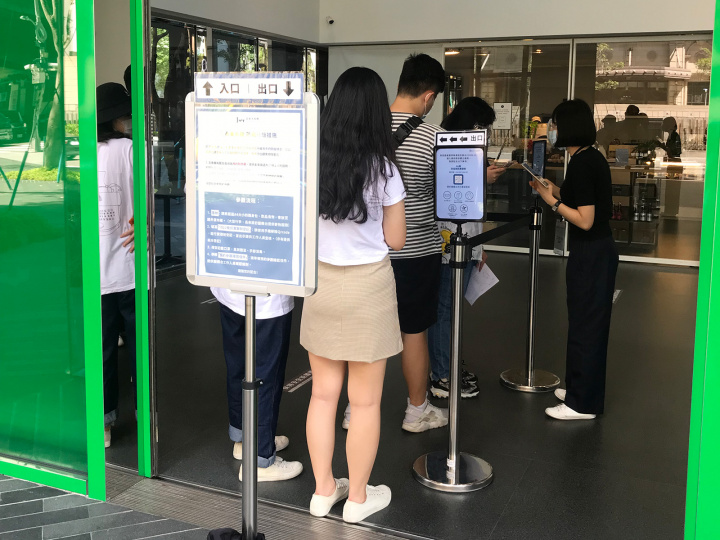
Preventive measures at the time of admission
©Jut Art Museum
In the second half of 2020, in absolute contrast to the situation in the rest of the world, Taiwan gradually regained “normalcy.” From October 2020 onwards it was hard to believe there was a pandemic going on, with the everyday resumption of dining out, parties, a banquet for the opening of the exhibition, and large-scale gatherings and activities all over the country. As a case in point 2020 ART TAIPEI the 27th Taipei International Art Fair was held in October as usual, although most galleries from overseas were unable to take part. Amid the severity of the global pandemic, Taiwan’s “normalcy” seemed almost “abnormal.”
2021: Change brought about by a fresh crisis
Everyone was under the illusion that everyday life in Taiwan would last forever, as if it were a parallel universe. In 2021, the number of infected people in the country continued to be almost zero, so the tension surrounding COVID-19 almost disappeared. Large-scale religious gatherings resumed, and there was long-distance travel all over the country as people got together for a meal with family on Mother’s Day. Due to the resulting increase in close contact between people, by mid-May there had been a fresh outbreak that was out of control. As it turned out, the spread of the virus this time had its origins in infection from overseas due to relaxation of the government’s border countermeasures and aviation industry restrictions.
In the arts and culture industry, the impact of COVID-19 in 2021 is much more serious than the previous year. In mid-May, the country suddenly went on alert level 3, sending shockwaves through the whole of society, particularly in the tourism, restaurant and service industries. In the arts and culture sector too, museums and galleries were suddenly forced to close temporarily. Initially people were optimistic that things would soon improve like last year, but ultimately the daily infection numbers exceeded 400-500, the number of seriously ill and dead shot up, and the country stayed on alert level 3 for more than two months. Organizers also reluctantly announced that the 2021 edition of Taipei Dangdai *2, a highly international event by nature, had to be cancelled after the dates had already been changed three times, and would now be held in May 2022. Many performance events such as large-scale music concerts and theater productions were similarly cancelled. You could say the gravity and protracted nature of this year’s pandemic is a further blow to an industry in which livelihoods had already been impacted from the previous year. In particular, it has had a major impact on people who normally rely on temping and hourly wages, like self-employed artists, people involved in the performing arts industry, technicians, and on-site staff who are heavily dependent on work in the field. I would like to note that in the face of this predicament three major developments took place in Taiwan.
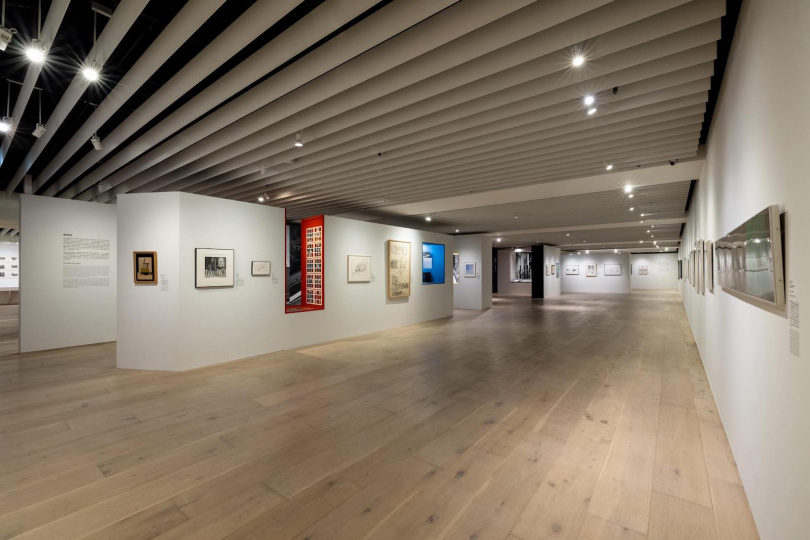
A closed exhibition hall
©Jut Art Museum
(1) Improvements to support systems and the working environment for the arts and culture sector
In February 2020 the Taiwanese government established the Special Act for Prevention, Relief and Revitalization Measures for Severe Pneumonia with Novel Pathogens, which included countermeasures for COVID-19 and attendant economic stimulus measures. It provides for a special “epidemic prevention compensation” allowance for those who have had to miss work. As a stimulus measure for society in general, the Act proposes the issuance of coupons that can be used in restaurants, retailers, commercial areas, night markets, traditional markets, etc. In the arts and culture sector, the Ministry of Culture has distributed “Arts FUN vouchers,” coupons which can be used for purchases and admission at cultural facilities *3. The government is again accepting applications for grants and subsidies relating to the second wave of the epidemic which descended on the country in 2021.
In the background to the above-mentioned temporary financial support schemes is the fact that the pandemic, which has now gone on for two years, highlighted more fundamental problems related to livelihood for many self-employed artists and people working in theater, including working conditions and insurance issues. Years of pressure by arts-related labor unions combined with the pandemic has finally prompted an overhaul of government policy after nineteen years. On April 30, 2021, the Legislative Yuan of Taiwan passed an amendment, the Culture and the Arts Reward and Promotion Act. It stipulates that “where the income of culture and arts workers fails to reach a defined standard, the central supervisory authority may, where necessary, work within existing regulations or draw up a budget to provide funding for and provide help to such individuals to enroll in social insurance schemes.” Regulations have been added regarding social insurance and working conditions, allowances for occupational emergencies and disasters, improvement of the work environment, protection of copyright, etc. for people working in arts and culture *4. This was the first major amendment to the law in 19 years, and it is highly likely that nothing would have changed without the COVID-19 pandemic.
(2) New on-site solutions for museums: between virtual and real
In contrast to the major restructuring that has frequently been seen in museums in Europe and the United States since 2020, it seems that large-scale job cuts over a short period of time have been relatively few in Taiwan, as many cultural facilities are public (especially museums, 90% of which are public). The main challenge for museums with a relatively stable working environment, is rather how to operate their institutions going forward – will they run exhibitions without visitors, and how will they deliver culture and art via social media when museums are closed? Various fundamental points have come under discussion, such as what role art might be able to play, particularly in 2021 in an environment where many people are facing questions of life and death.
From the start, the IT industry has been positioned as a major pillar of Taiwan’s economy. The Taiwanese government’s COVID-19 measures have also relied heavily on experts in technology, led by Digital Minister Audrey Tang who is frequently a topic of discussion in Japan as well. By looking at the use of technology not only in a practical, technical sense but also in terms of incorporating technology into ideas for content and in the creative process stemming from those ideas, the issue that confronts the arts and culture sector afresh as a result of the pandemic is how it will simultaneously be able to shore up and deliver both aspects of technology from museums going forward.
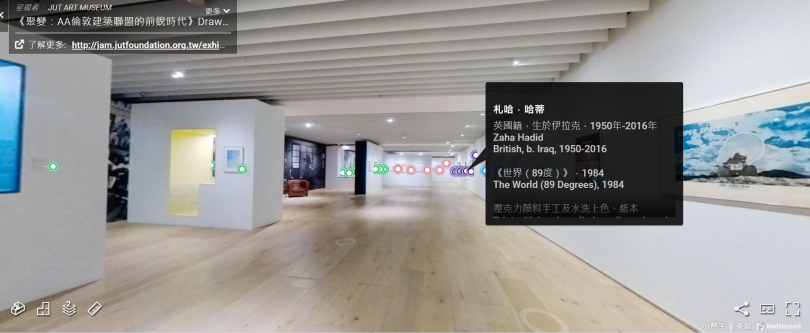
Jut Art Museum website’s 3D virtual exhibition space
Looking at their activities and initiatives, many museums have variously trialed shifting artist talks and symposiums online, podcasts, 3D virtual exhibitions, the introduction of video, live streams by museum directors and curators themselves, and more. This increases and facilitates the chance for contact with art, but can the screen-based, online experience truly be a substitute for the physical museum experience? I believe it is not something that is easily replaceable. However, between virtual and real, the medium and the environment for contact with art have changed immensely under the pandemic. I think that the museum arena and the way the audience takes in art are also on the threshold of change.
(3) Bolstering museum networks across the public and private sectors
Besides the afore-mentioned online/offline combination, it is also extremely important for museums to create an on-site environment that ensures the safety of staff and visitors.
Finally in July, after two months of the museum being closed, an online meeting convened for the first time to decide on a course of action and make preparations for the museum’s reopening.
For this end, the meeting focused on bolstering the museum’s specialization network and exchanging opinions beyond the boundaries of whether museums are public or private. The meeting brought together the directors of national museums, directors of regional art museums, directors of private sector museums like me, and various specialists, and ended up being a valuable platform for swapping experiences and encouraging a pertinent exchange of views. Of course, even before COVID-19 pandemic, there were already industry connections and exchanges through various forums and study groups on individual themes. But a national conference like this on pressing internal and external museum management issues, safety, response to emergency situations, etc., conducted readily with participants spanning different generations and styles of conventional museums, would not have happened if there hadn’t been a pandemic,
Change and immutability brought by the pandemic
On July 9, with the country still on alert level 3 and most museums closed, a popular media outlet carried a special feature entitled “I want to go to a museum.” Jut Art Museum was the only private sector museum it mentioned *5. The special showed that museums are closed temporarily but in fact are steadily evolving, and additionally illustrated how eagerly people want to receive cultural and artistic content. Fortunately, since July 15, museums have once again been taking in visitors, and gradually starting to return to their original functions. But museums cannot completely go back to how they were. Procedures ensuring safety; admission by advance reservation; exhibition methods that avoid contact between people – these are all contrary to the original museum operations which values communication and contact with people. However, COVID-19 pandemic is still ongoing, and it is too early to reach a conclusion. I would like to continue to carefully assess and consider aspects that change and those that do not under the pandemic.
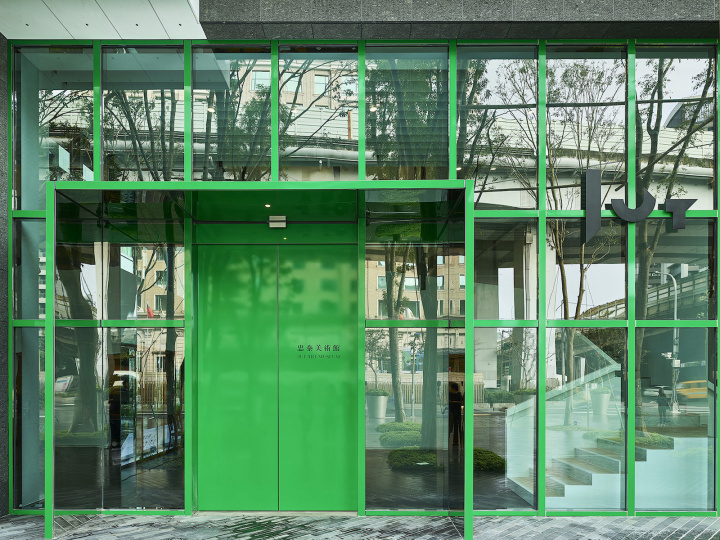
The exterior of Jut Art Museum (photography by Chen Youwei)
©Jut Art Museum
Editorial Viewpoints
We can probably draw two points from the Taiwanese example. Firstly, the way that systems support arts and culture. Since the majority of art museums in Taiwan are public facilities, the employment of staff at each facility is relatively stable, which contrasts favorably to the situation introduced in CASE01 in the United States, where cultural facilities are mainly private. In addition, it is worth considering that the institution governing cultural administration in Taiwan is a “ministry,” whose Japanese equivalent is an “agency.” In the highly unusual environment we find ourselves in, I believe it is necessary going forward to discuss the rights and wrongs of cultural administration being handled by the extra-ministerial bureau the Agency for Cultural Affairs, with its limited human resources, budget, and authority in Japan.
Secondly, and this also relates to CASE 1, I was interested in the future of Taiwanese museums, which are increasing connected under the catalyst of the pandemic. Similar organizations do exist in Japan such as the Japanese Council of Art Museums and the Japan Association of Art Museums, but we are reaching the point where it could be the right time to start evaluating what sort of role they have actually played in the pandemic. (Mitsuoka)
Related Article
- Introduction
- CASE01
U.S: Transformation caused by the pandemic, transformation ongoing under the pandemic
Kosuke Fujitaka (NY Art Beat co-founder) - CASE02
Art in the Face of COVID-19 – Australia
Julia Yonetani (Contemporary Japanese-Australian Artist Duo “Ken + Julia Yonetani”) - CASE04
Hong Kong: What Opportunities Does COVID-19 Offer the Arts?
Mizuki Takahashi (HAT (Centre for Heritage, Arts and Textile) Executive Director and Chief Curator
) - CASE05
The Outlook for Japan through the lens of Germany’s pandemic-related cultural policy (Part 1)
Yuki Akino (Associate Professor, Dokkyo University) - CASE05
The Outlook for Japan through the lens of Germany’s pandemic-related cultural policy (Part 2)
Yuki Akino (Associate Professor, Dokkyo University) - CASE06
Reflections: Preparing fertile ground for culture beyond the COVID-19 pandemic (Part 1)
Shunya Yoshimi (Professor, Interfaculty Initiative in Information Studies, The University of Tokyo) - CASE06
Reflections: Preparing fertile ground for culture beyond the COVID-19 pandemic (Part 2)
Shunya Yoshimi (Professor, Interfaculty Initiative in Information Studies, The University of Tokyo)

